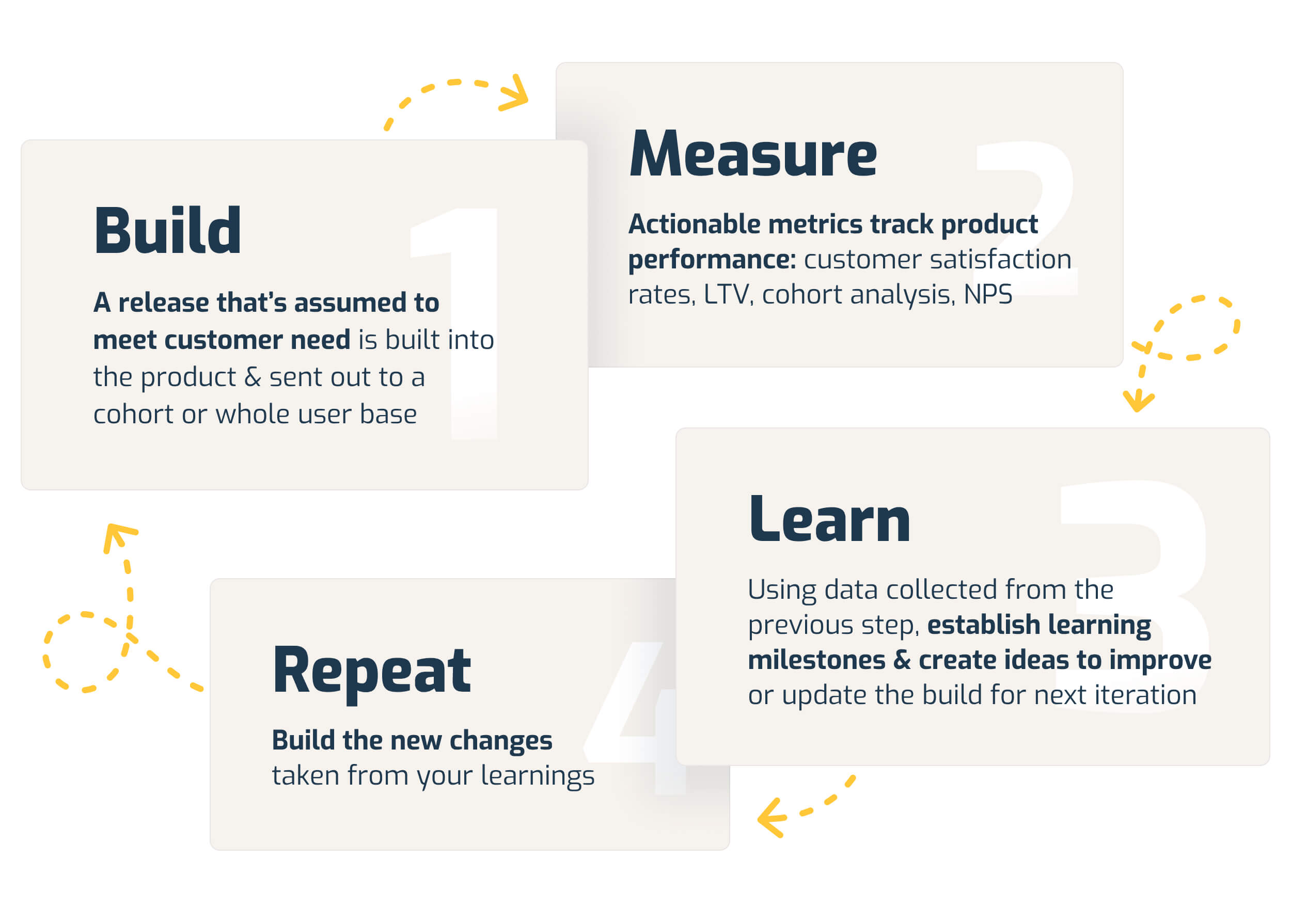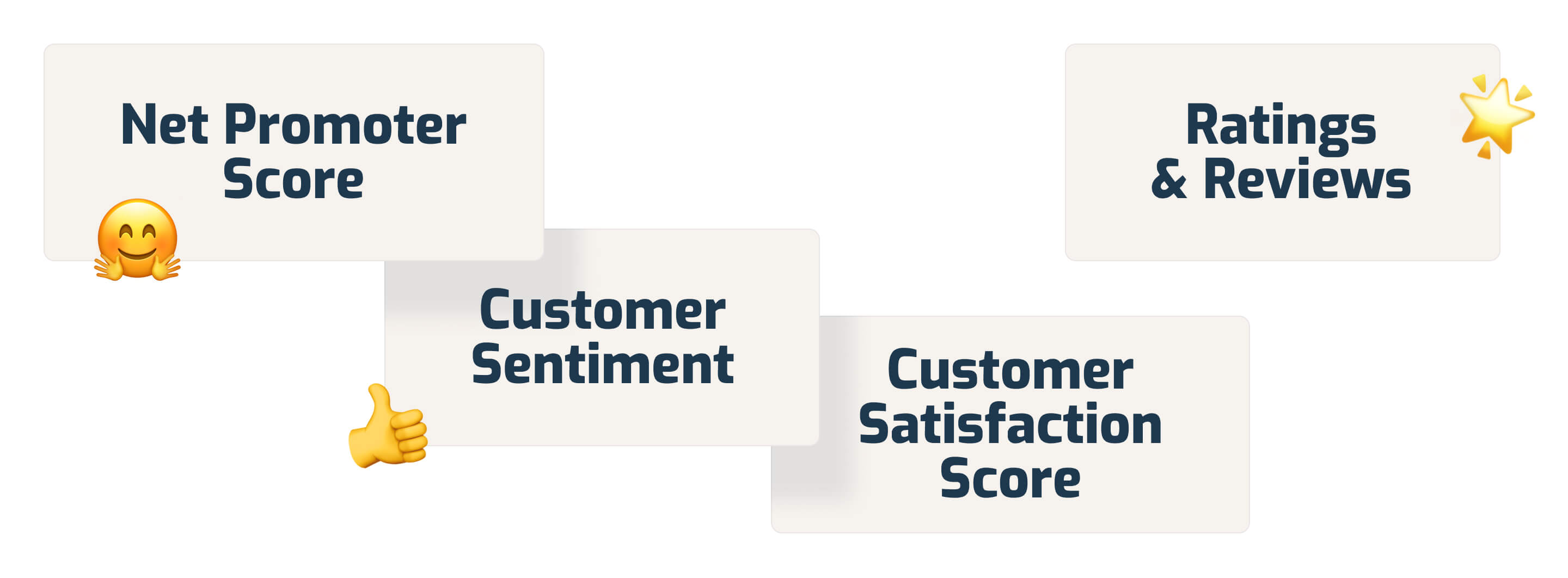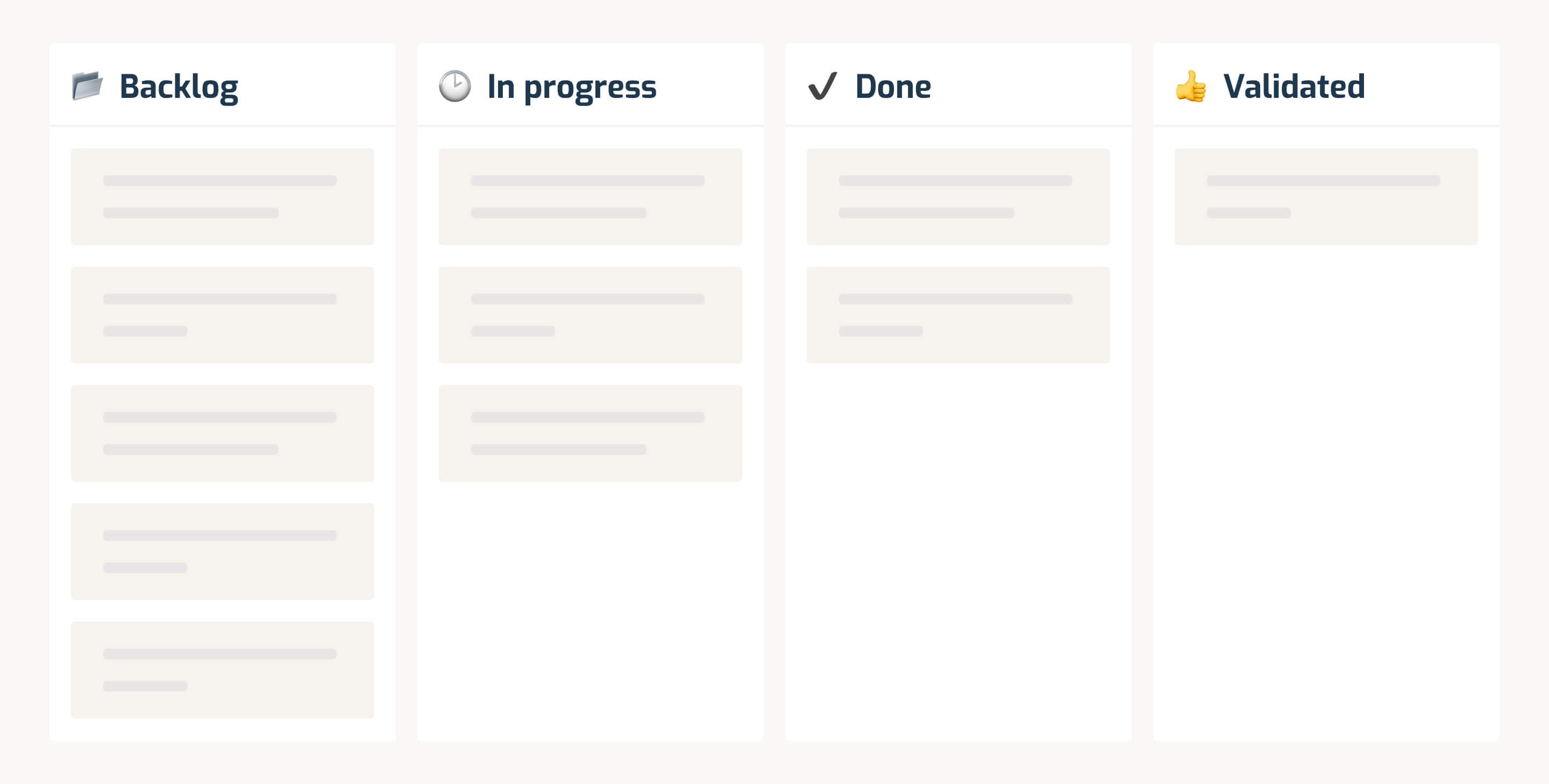
The Product Roadmap for App Development
Product roadmaps are the glue that holds product strategy and company objectives together.
It maps out the ideal picture of development across a timeline; what features and updates need to be built for the product to meet strategic goals and overall business objectives.
Product mapping in the mobile market
With the ever-growing pervasiveness of mobile apps and businesses going through digital transformations, the work of the product management team has gotten even more difficult and complex.
The impact of the pandemic has moved the migration to digital forward five years. Also, the global use of mobile apps has exploded during the world-wide lockdown, totalling to almost 70 billion hours per week.
And there is no signs of this slowing down. This is largely due to huge shifts in consumer trends in the digital space. The outcome is a shift in focus of product roadmaps, with significant changes to prioritizations to meet emerging customer needs. New ways of life bring fresh new user stories, and problems for technology to solve.
All of this means more work for product managers, who are expected to innovate more efficiently and at a faster pace. At the top of executives' wish-lists are quicker turnarounds, many more iterations, and higher quality outcomes.
Swift pivots in project directions, as well as frequent iterations to big initiatives, can become quickly overwhelming to any product team. The way to prevent burnout and a drop in productivity is to structure the product roadmap in a particular way. We explore this and more in this comprehensive guide.
How to build a product roadmap strategy
When speed is a necessity, there needs to be a degree of adaptability to the plan. Agile roadmaps differ from the static roadmap traditionally used by digital product teams. Instead of planning across annual timelines, agile roadmaps cut this down into months of business quarters. Its attributes are broken down as follows:
- Development is always tested — builds are released in small batches to get feedback for iterations. Further investment into initiatives are based on the results from customer feedback & data.
- Departments work cross-functionally to deliver the best customer experience — so the process of product development involves marketing, customer support, designs, sales, engineering, and operations.
- Break down big initiatives (also known as epics) into features & user stories. The development team then forms technical requisites, i.e. ‘how to build them and what time & resources it will take to do so’.
- Schedule weekly or monthly sprints to release smaller feature groups and user stories, creating an almost continuous deployment schedule.
The most important thing to remember is to ensure that product development & feature testing are performed without the team straying too far from company objectives. Remember, your roadmap needs to be able to adapt when new learnings from user feedback point toward a need to pivot.
New features should be perceived early on as a simply an experiment — they should never be set in stone. Ideas are based on assumptions collected from learnings in previous iterations and must be validated not by the team but by the user.
The build-measure-learn feedback loop
The learning feedback loop in product development should look like this for each app release:
Product development feedback loop

This will help your product team learn where to place time and money — and what features to build next that’ll create growth & new learnings. Following such a process will help you keep your product roadmap filled with relevant, customer-oriented ideas.
Your job in the product team is to transform learning from feedback loops into ideas for features that will ultimately turn your mobile app into something users cannot, or do not, want to live without.
Product mapping needs customer insights
User feedback from the voice of the customer is the blood that runs through the veins of product mapping. It should be the main determinant for what a product manager decides to create in the mobile app.
After all, the reason you build an app is to solve users' problems or fill in a gap of need — so it makes sense for the user to be heavily involved before the development of each one.
There are three main types of feedback which are crucial for roadmapping — feature requests, issue reporting, competitor feedback.
|
Type of user feedback |
Value to the product roadmap |
|
Feature requests |
Shows what’s still missing in your product that needs to be built for your users to have an improved experience. |
|
Issue reporting |
Complaints about product performance or experience often spark new ideas for features, improvements or new user stories that were previously overlooked or not understood. Tracking this type of feedback also helps with the validation of a new feature. Does it actually solve the customers’ pain point? Is it causing more issues, or even replacing one problem with another? |
|
Competitor feedback
|
Build a roadmap against benchmarks based on competitor performance to stay ahead of the competition. Discover strengths & weaknesses of your competitors’ products by what their customers are saying. What are they missing, and what have they built that’s been well received? |
How to create a customer focused roadmap
1. Set learning milestones & goals
What do you want to learn from your customer insights about your product? These will drive your next steps in putting together the roadmap. You must have answers to these questions before starting:
- What do you feel needs to be learned for future development?
- What do you want to achieve in the next month or quarter?
The feedback to care about are:

3. Collaborate with customer facing teams
As you execute the roadmap, you will need to have your finger on the pulse of customer sentiment & trends. The best way to do this is to keep in close contact with the teams who speak to them on a daily basis.
Customer support teams should be the ones dedicated in sending relevant feedback & urgent product issues to the Product team, so it’s only natural for them also to be involved in the creation process. They may have ideas about what’s missing or not working that you haven’t thought of yet. They’ll also be very switched on about what feedback should be prioritized & emerging patterns in terms of customer sentiment.
Agile development needs a flexible product backlog
Kanban is the most effective way to build a feature prioritisation process. The term comes from the teachings of lean manufacturing.
A process like this is not focused on quickness of delivery, per se, but a cadence of features moving across the board. With Kanban, instead of a fixed, static backlog, you have an agile workflow for backlog grooming designed for unpredictable changes in direction. It’s commonly laid out like this:

The Kanban board two- rule product strategy:
- In order for a user story or project to be moved from ‘Done’ to ‘Validated’, it has to actually be proven to successfully resolve customer needs. This is commonly evaluated by changes to customer sentiment & what’s being shared in recent user reviews and/or interviews
- Only a limited number of user stories can be placed on the board at one time. Think of the steps as buckets — as user stories enter each one, the buckets fill up & nothing else can be added to the board until some can be removed, which can only happen when a project or story becomes validated.
Product roadmap best practices
Focus on what matters — like solving user stories rather than meeting deadlines or delivering as much as possible.
Your product roadmap must remain flexible to change. Trends & customer needs evolve quickly in the digital landscape, so your roadmap must be compatible with this.
Always take action on what is revealed from your measurements. And ensure you’re chosen metrics are:
- Accessible — data reports showing the outcome of new initiatives need to be easily understandable for everyone in the company. Metrics must reflect genuine user sentiment rather than what the team wants to see to stroke their ego. Reports should be automatically sent out to each department so they’re always up to date with important changes or updates about the product’s development.
- Actionable — measuring the impact of the roadmap must demonstrate cause and effect. It must be clear what actions need to be done to improve or replicate results. This is the antithesis to vanity metrics and can make further evolution of your roadmap more effective.
- Auditable — statistical data, no matter how precise, can be challenged by defensive development teams. To add veracity to quantitive reports, the results need to be reflected in customer feedback, qualitative data — via reviews & interviews. This not only presents undeniable findings to the team but, through a combination of quantitative and qualitative information, also presents clear insights into why customers are behaving in ways seen in the data.
The product manager KPIs & metrics to track progress
User reach
How many users have used your app in a given period? These users should be segmented and categorized on according to your apps’ access model
( such as free, freemium, paid, subscriptions)
Active users (Daily Active Users & Monthly Active Users)
A more focused metric, tracking users who’ve performed an action on your app and thus received the value it provides. For mobile apps, the most common way to track these users is Daily Active Users or Monthly Active Users. However, what one you pick will depend on common sense — are users supposed to be going into your app daily or only come on once or twice a month?
MRR (Monthly Recurring Revenue)
This is crucial to measure growth for apps with a subscription or in-app pricing strategy. It's the app’s total revenue for one month. You calculate it by finding the revenue you gained that month from new or current customers and deducting the losses from churn or downgrades.
Active user spending (ARPU)
A granulation of MRR — looking at how much individual users are spending on your app. It is a metric that isn’t as widely used as MRR, but it can still be extremely useful. For apps, it will be how much an active user spends in subscriptions or in-app purchases.
Churn rate
A measurement of users that you’ve lost. This means they’ve stopped using or have uninstalled your app. A high or rising churn rate is an indication that something is wrong or missing with your app. Let’s say you release a new feature and subsequently the churn rate spikes, this could be a sign of dislike for this new feature or that it’s buggy. Commonly, you observe churn rates monthly or via cohort analysis.
Retention rate
Are your users returning to your app for more? Imagine it being the other side of the coin to churn; they’re both your clearest measures of continued engagement. The most accurate way to see if your app is growing is to compare your user retention to churn rate and also user acquisition. The large majority of apps are built on an engine of growth reliant on rolling subscriptions or regular in-app purchases. Thus, there needs to be an element of stickiness to the product or service — a value that keeps users spending & engaged for the long term. If your app is successfully sticky, you’ll have a higher retention rate.
The amount of money a customer pays in your app - either through in-app purchases, subscriptions or other purchases over their ‘lifetime’ as a paying user. It’s well known that it costs much more to acquire new customers than keep your current ones. CLV is your key metric to find out how profitable your customers are and how much potential you have to grow in the market.
Find actionable customer insights with AppFollow
No other platform helps you build a roadmap with desired, accurate insights as AppFollow does. You will have access to cutting-edge software that provides instantly segmented and organized product insights from user reviews and granular information on customer sentiment on product performance and new releases. You will have customers’ pain points and needs at your fingertips, ready to be placed on your app’s product roadmap.
Are you aiming to build the best app in your category? Do you want to create features that customers want, which none of your competitors has thought to implement yet? If the answer is yes, then AppFollow is the right product for you.
